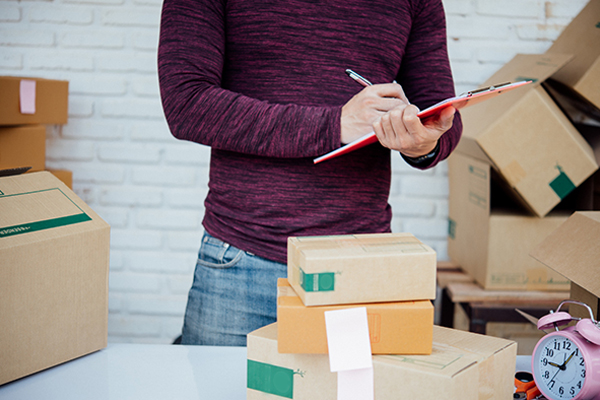
Import Household Electronic Goods
Importing household electronic goods refers to the process of bringing electronic products from foreign countries for resale or distribution in one's own country. Importing these goods can provide access to a wider range of products, competitive pricing, and potential business opportunities. Here are some steps to consider when importing household electronic goods:
1. Research and Identify Products: Conduct market research to identify the specific types of household electronic goods that have demand in your target market. Consider factors such as consumer preferences, trends, quality standards, and potential competition.
2. Find Suppliers: Look for reputable suppliers or manufacturers in countries known for producing high-quality household electronic goods. Attend trade shows, search online directories or platforms like Alibaba or GlobalSources, and seek recommendations from industry professionals.
3. Evaluate Suppliers: Assess potential suppliers based on their product range, quality control measures, production capacity, certifications (such as ISO), reputation within the industry, and their ability to meet your specific requirements.
4. Negotiate Pricing and Terms: Contact selected suppliers and negotiate pricing terms including unit cost of products (FOB/CIF), payment terms (such as T/T - telegraphic transfer), minimum order quantities (MOQs), delivery timescales etc.. It is important to establish clear communication about expectations regarding packaging requirements,labeling specifications,and any compliance related documentation/ certifications needed.
5. Arrange Shipping and Logistics: Organize shipment transportation services through freight forwarders who can handle customs clearance procedures & arrange suitable modes of transport like sea freight/airfreight/Road freight etc.,based on factors like cost,time sensitiveness,volume etc..
6 . Customs Compliance & Documentation : Familiarize yourself with import regulations,taxation systems,freight duties,tariffs,classifications etc..for importing electronics in your destination country.Prepare all necessary documentation such as commercial invoices,bill of lading,packing lists,certificates-of-origin,Certifications for compliance with safety standards/regulations(such CE/FCC/RoHS) if applicable
7 . Customs Clearance & Taxes /Duties Payment : Work with customs agents/brokers who will handle all necessary customs clearance paperwork.They will determine appropriate HS codes-classification,duties/taxes payable ,and ensure smooth flow through customs checks by adhering to required regulations/processes
8 . Quality Control & Inspection: Arrange pre-shipment inspections once orders are complete,to ensure that products meet required specifications/compliance standards.For example,some buyers may hire third-party inspection agencies like SGS,Bureau Veritas,TUV Rheinland ,to conduct product testing/validation before shipping out
9 . Warehousing/Distribution/Merchandising: Once imported good reach their destination port/country,arrangements need be made either by renting warehousing space or partnering with distributors/retailers/channel partners who can help sell/distribute merchandise locally.Market research also needs be conducted periodically monitoring demand trends,maintaining optimal stock levels,promoting/marketing effectively at retail outlets,digital platformsetc.,for better sales performance.
10 . After-sales Service Support : Apart from ensuring timely warranty/service support being provided by supplier/manufacturers themselves,it is also important for importers themselves providing localized warranty/service centers/spares availability based on customer needs/satisfaction levels which further enhances brand value/customer loyalty .
It is crucial throughout this process ,to stay updated about changes in import/export laws/regulations,international trade agreements/applicable taxes ,while ensuring strong relationships being built up over time both with overseas suppliers/customs agents/brokers/logistic service-providers/etc.

